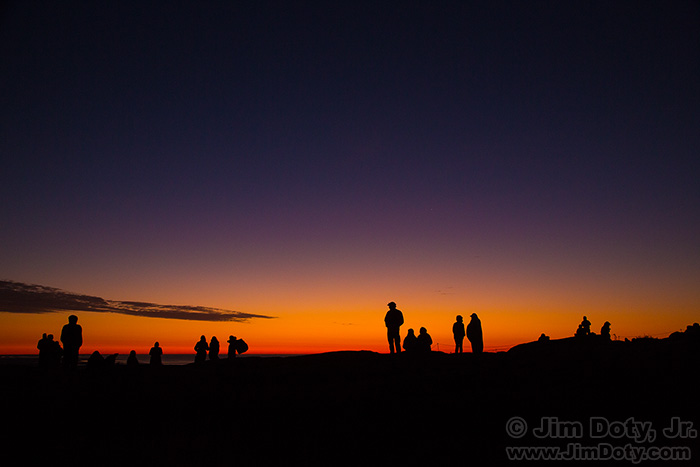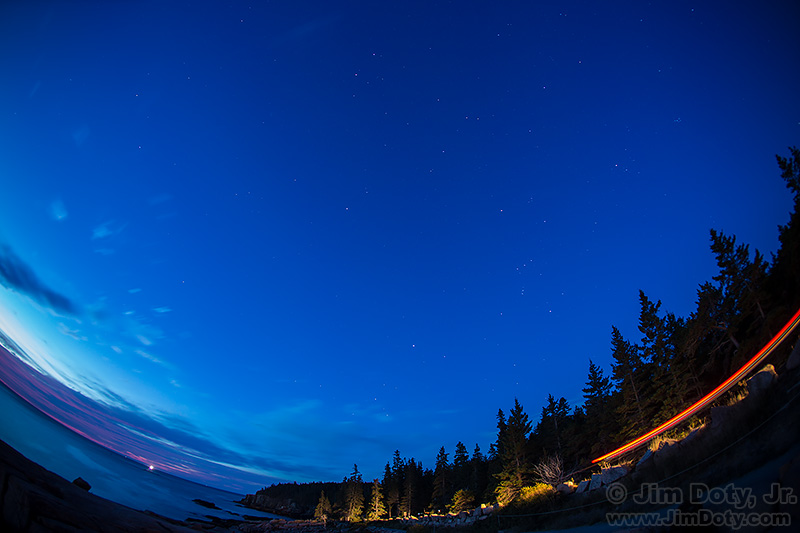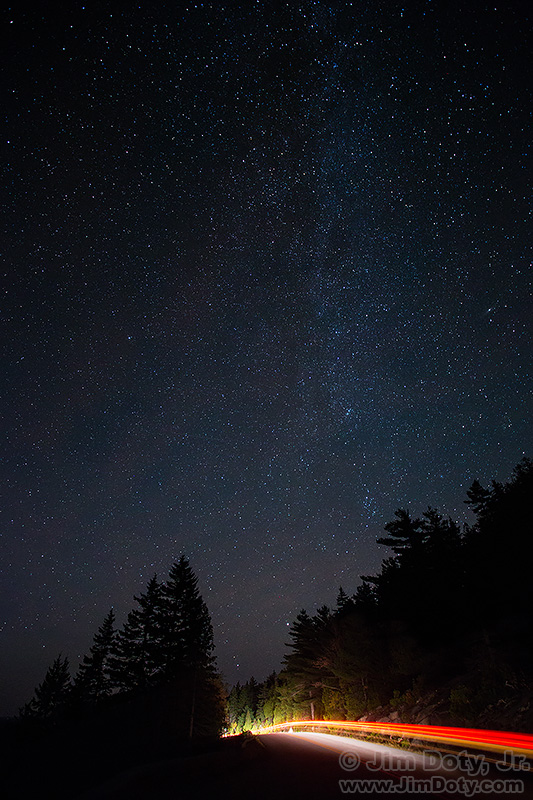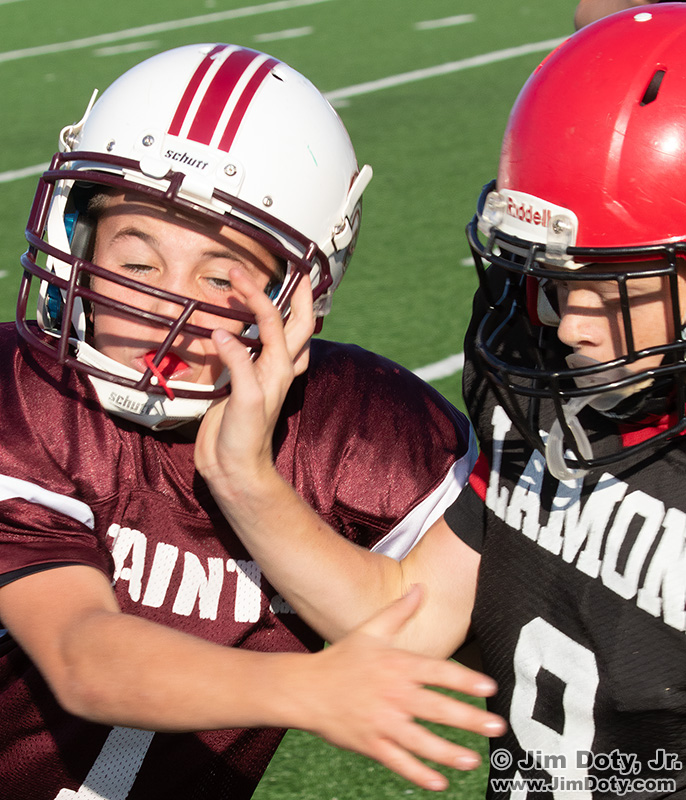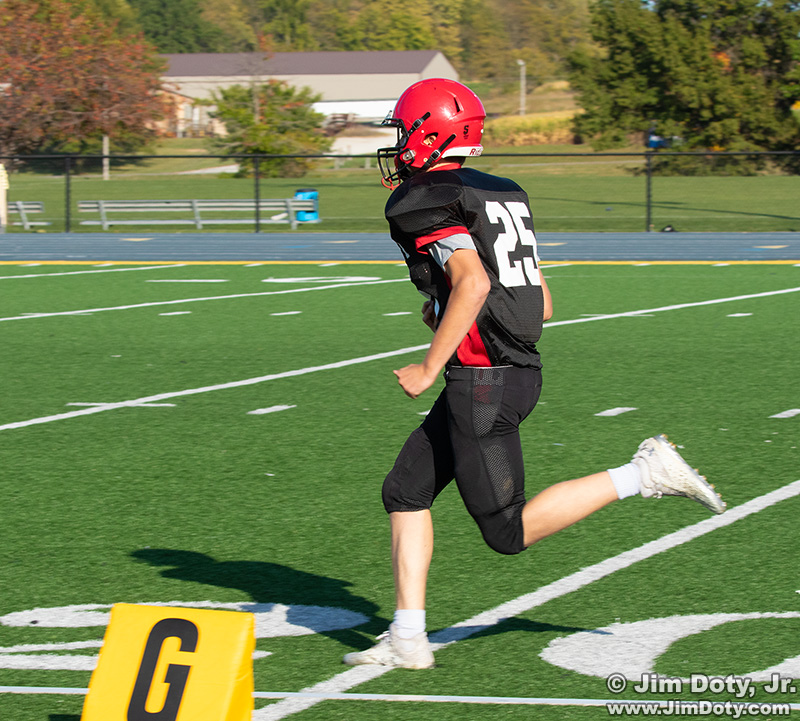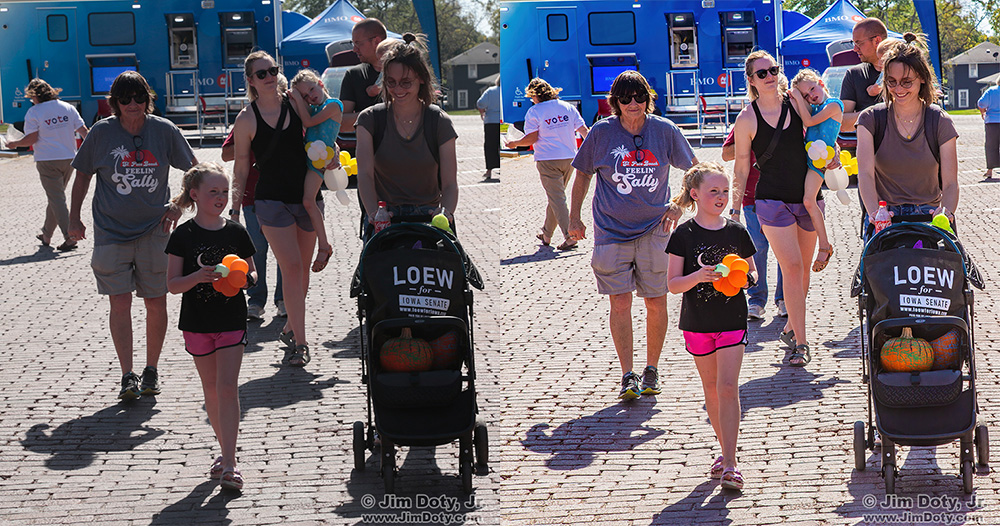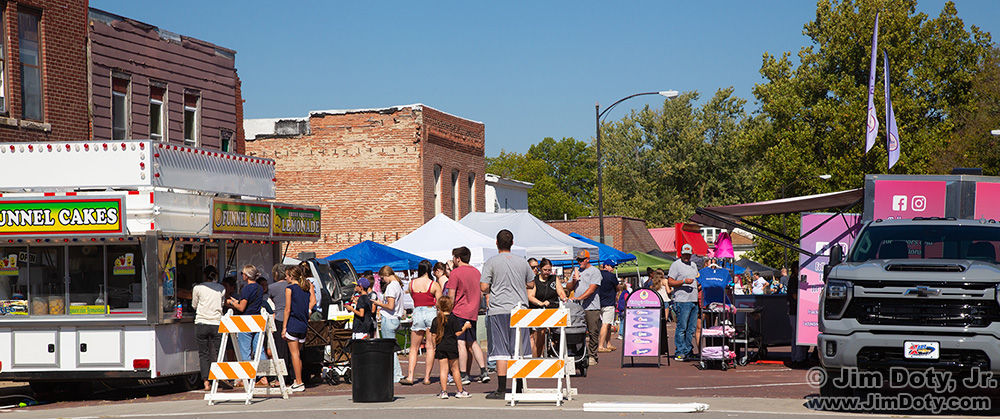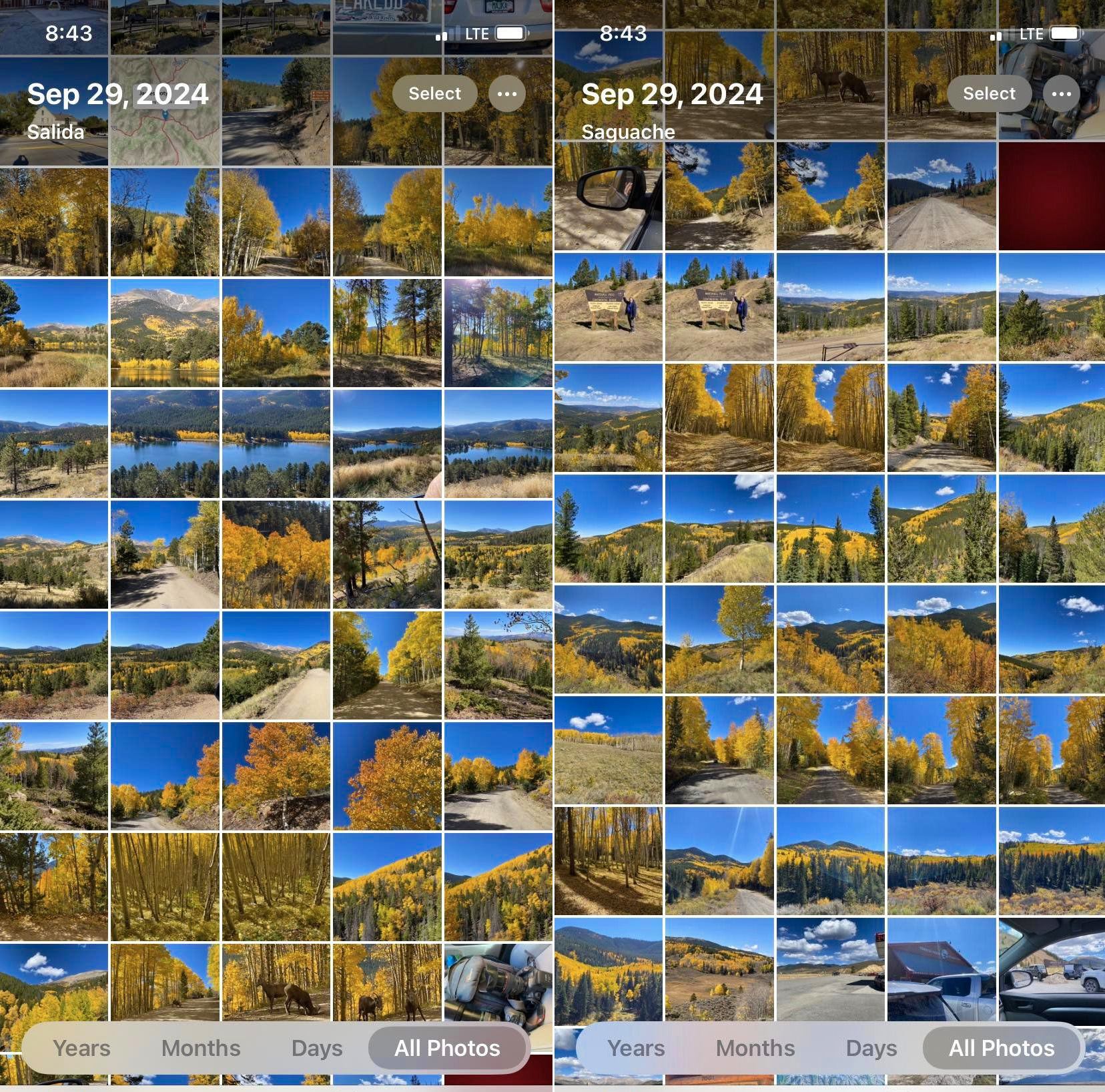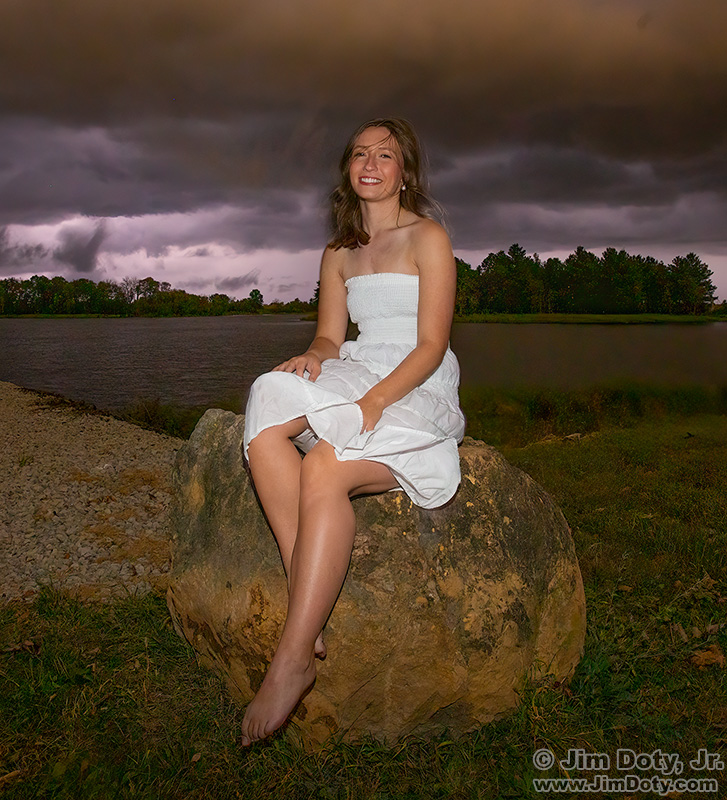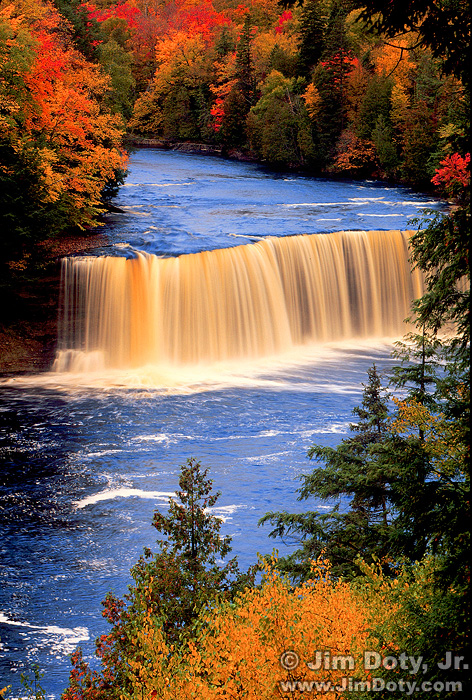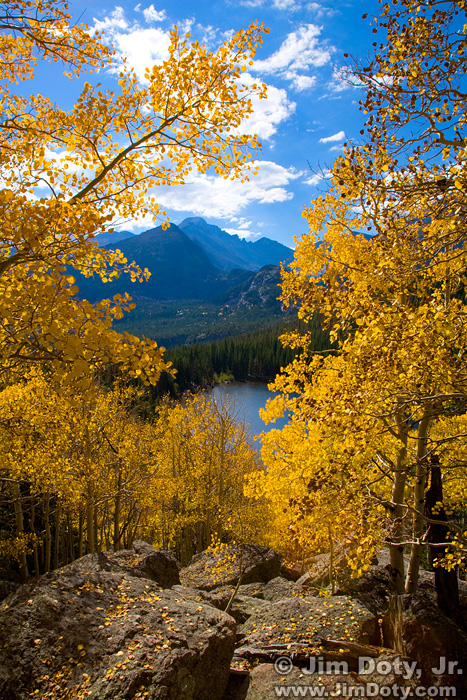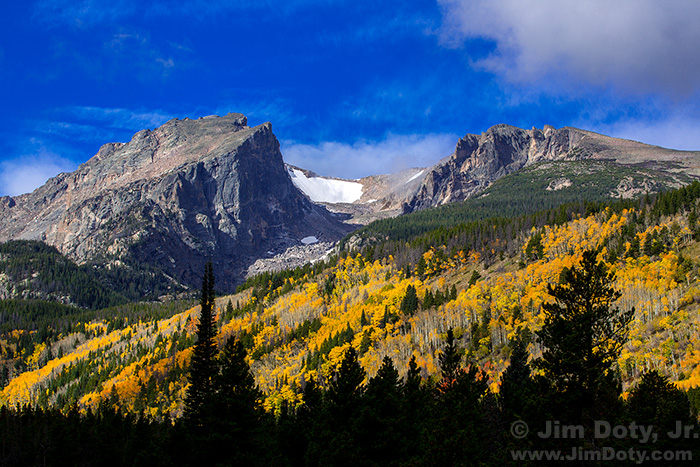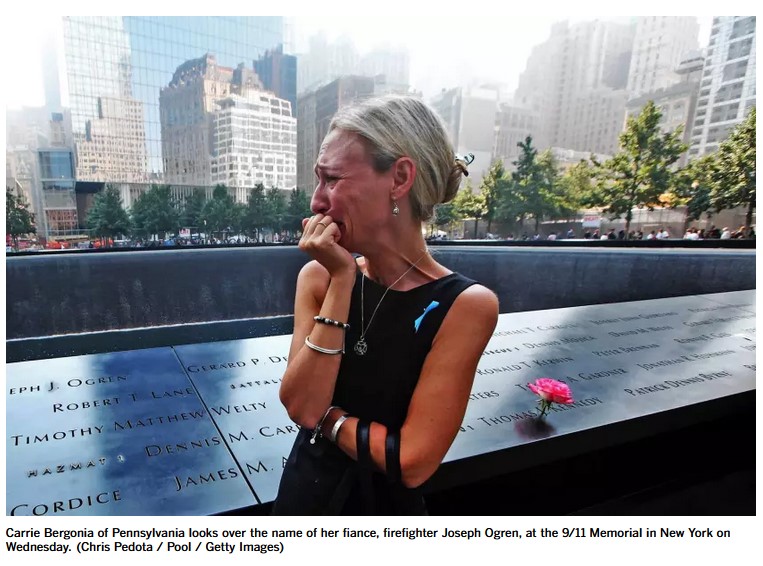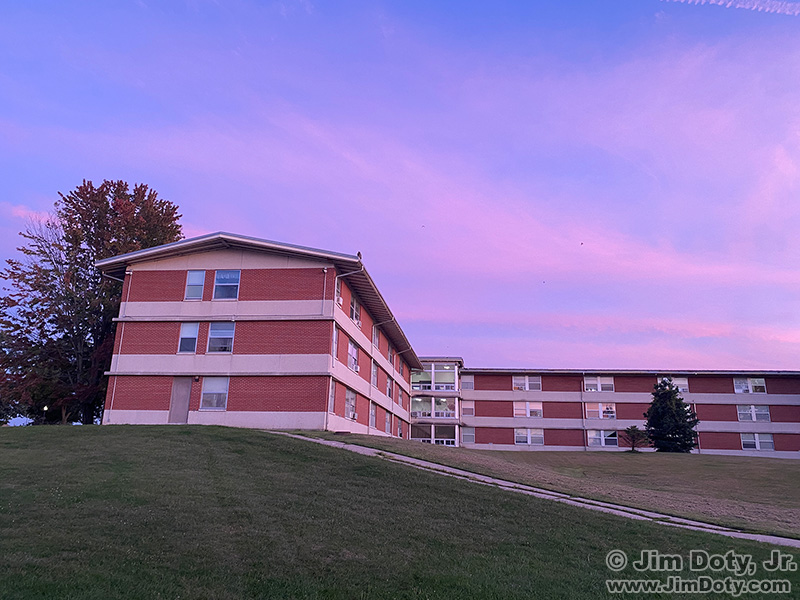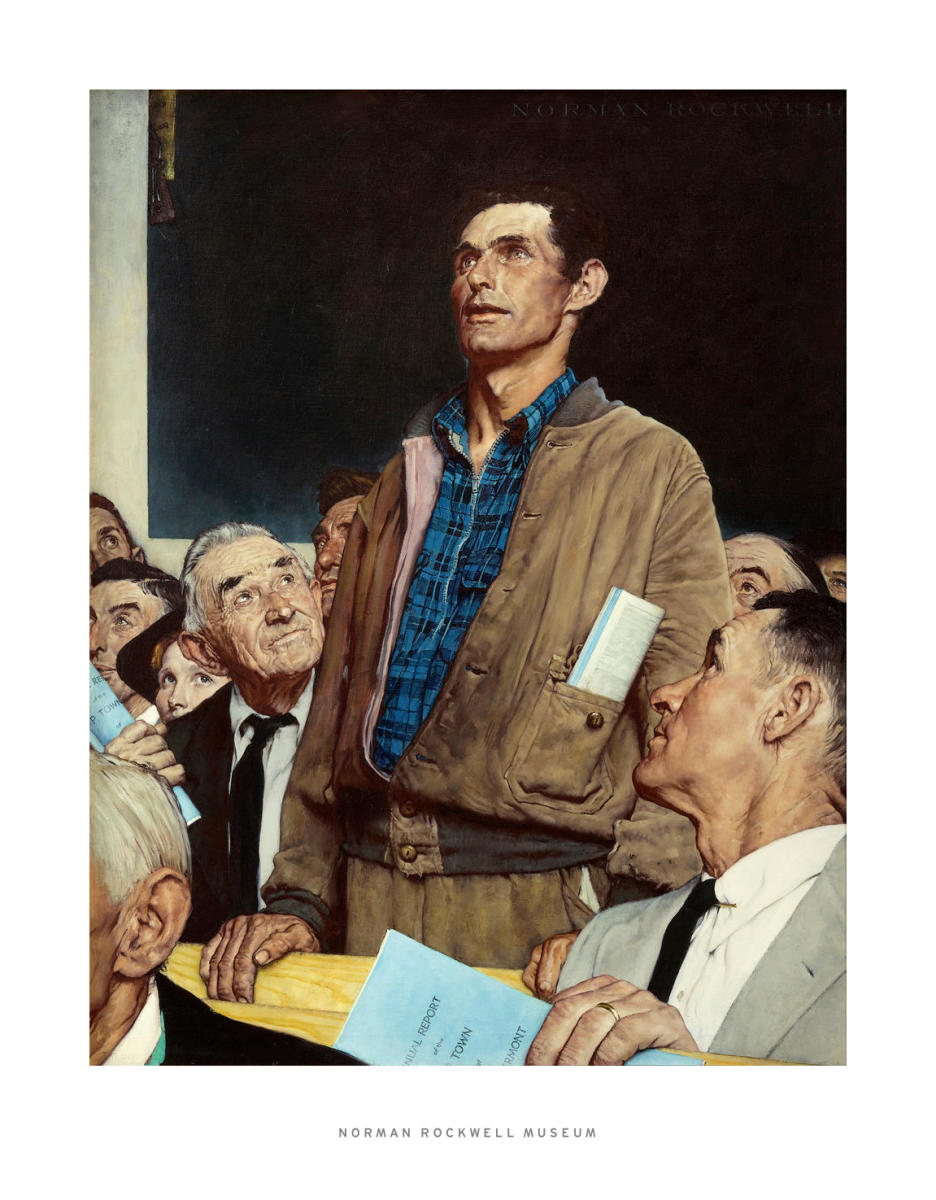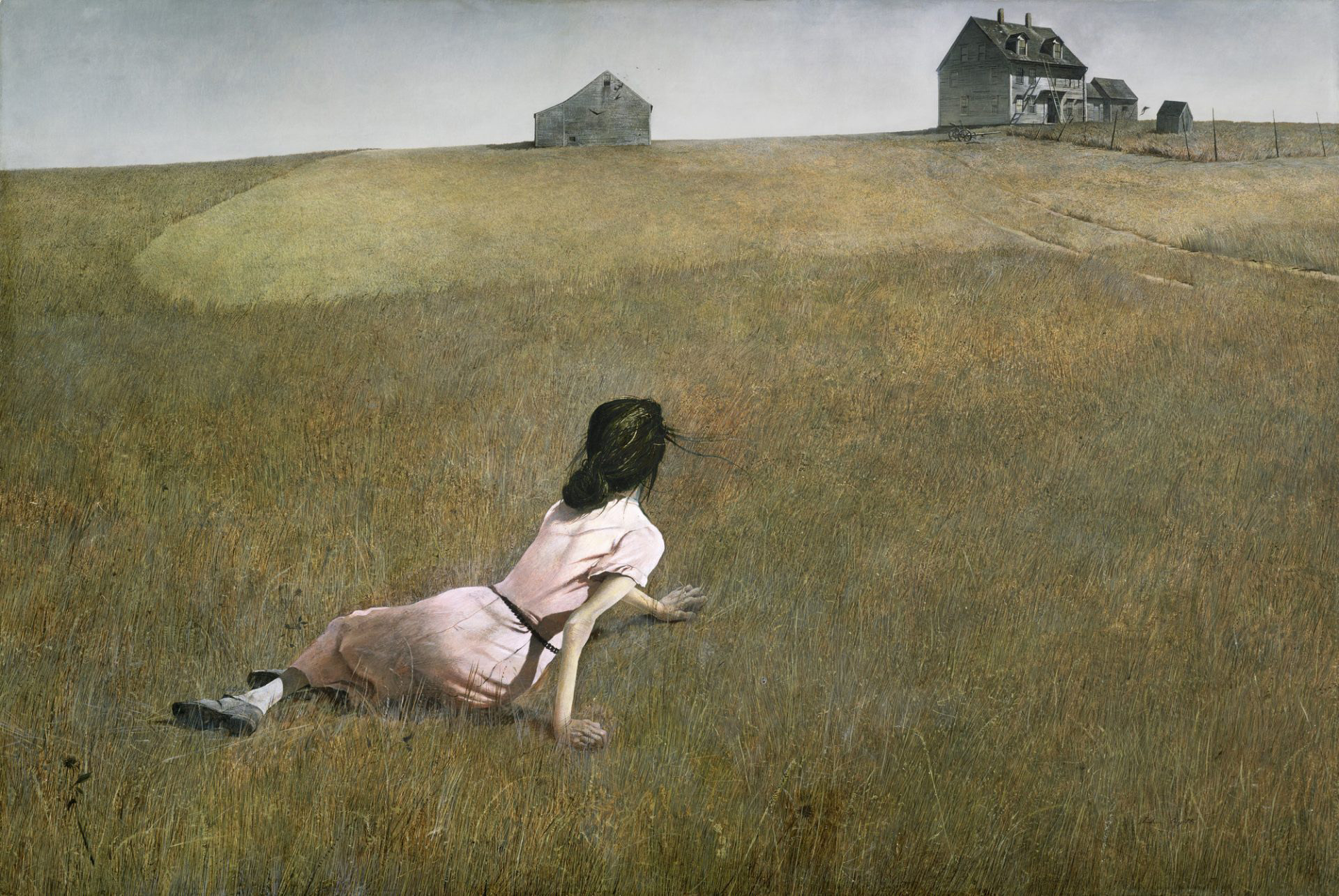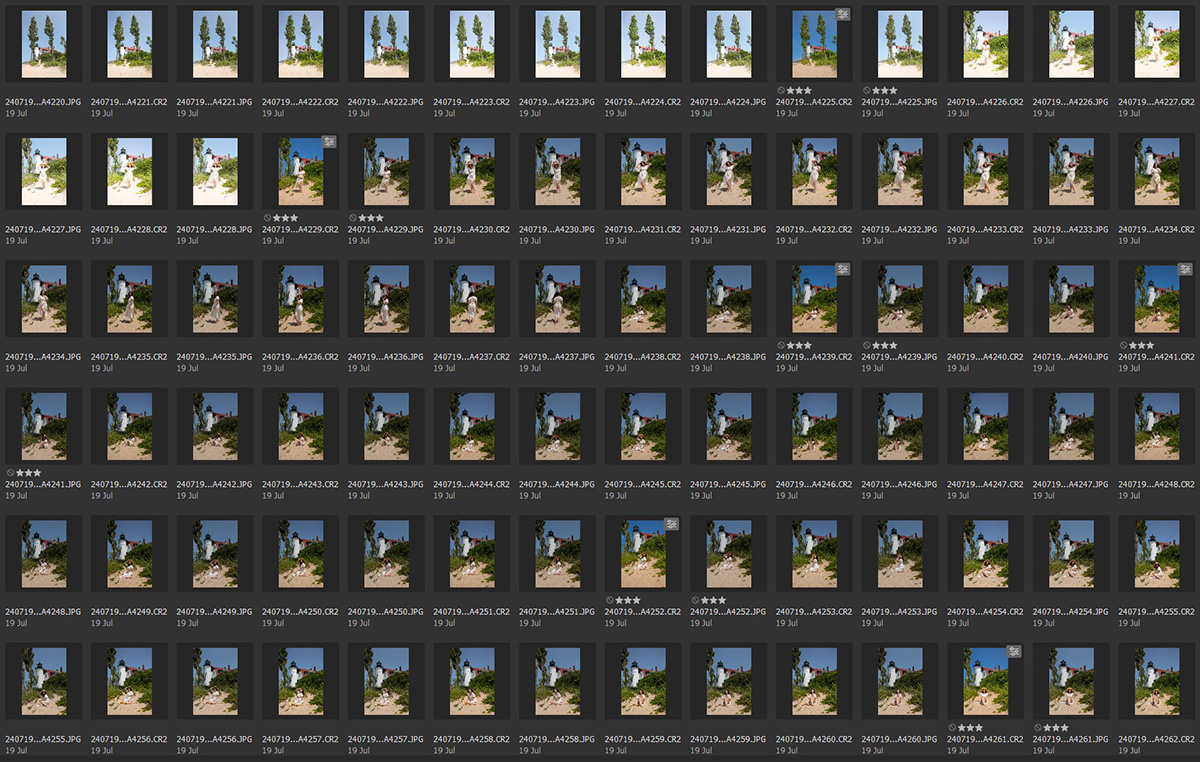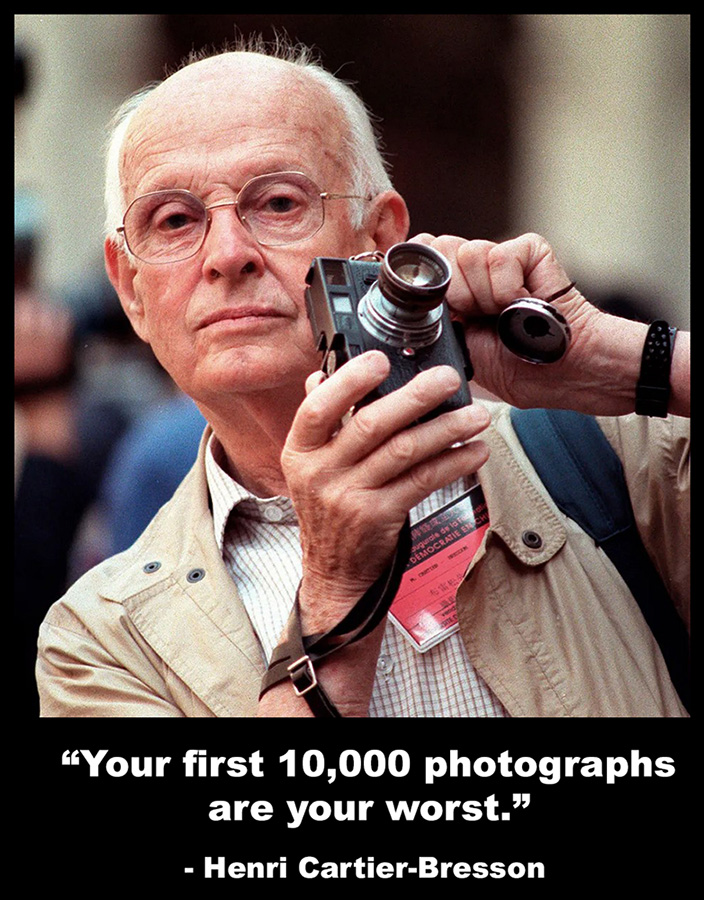From October to March, the top of Cadillac Mountain is the first place in the continental U.S. to be touch by sunlight. There are places farther east, but Cadillac Mountain is the highest point on the U.S. eastern seaboard. Over 200 people had gathered here to catch the moment.
7 Years Ago Today in Acadia National Park – Oct 20
7 years Ago Today in Acadia National Park – Oct 19
It was my one and only trip to Acadia National Park. I can see why it is rated one of our best best national parks to visit in the fall.
7 years Ago Today in Acadia National Park – October 18
How to Choose, Correct, and ID Football Photos for the Newspaper
When I photograph a football game, the local newspaper doesn’t want dozens, much less hundreds of photos. I usually select 6 – 12 images to send to the Lamoni Chronicle and they choose the ones they want to publish.
Lamoni Middle School Football
As usual, when I photograph an event for the weekly Lamoni Chronicle, I create a lot of images and select about 6 to 12 to send to the paper. The paper usually chooses from 2 to 6 to publish. On really rare occasions a dozen might get published. If it is a slow news week, more of my photos get published so I always hope for a slow news week. The photos in this article are my “selects” from the October 7, 2024 middle school football game between the Lamoni Demons (red helmets) and the Melcher-Dallas Saints.
Why (and How) You Should Optimize Your Digital Images!
This article is about why you should optimize your digital images, with a brief example as to how to do it.
No camera, no matter how expensive, can capture the full range of light and dark tonalities that your incredible eyes can see. No camera, no matter how expensive, can capture the full range of colors that your eyes can see. But you can make up for some of the differences by optimizing your images using Adobe Camera Raw (ACR).
Lamoni’s Annual Fall Festival (LAFF)
Every year in the fall, Lamoni Iowa has it’s annual fall festival, commonly abbreviated LAFF. I wander the street that is blocked off for vendors and take random photos. Sometimes people specifically ask me to take pictures of them. Out of the dozens of images I create, I usually pick 9-12 to send to the local newspaper and they pick a handful or more to publish. Click any of these images to see a larger version.
Colorado is Gold! Go Now!
It is not too late too catch the spectacular fall colors in Southwest Colorado. All of these iPhone snapshots were taken on a September 29 trip over Marshall Pass with a side trip to O’Haver Lake. At each stop (there were many) I took a photo or two with my phone and I took a variety of images with a DSLR. I framed different parts of the overall scene and I often did horizontal and vertical versions. My photo excursion took 3 1/2 hours.
“It was a dark and stormy night.”
We planned on shooting at midnight when the moon was high enough in the sky to do portraits, but we got clouds, lightning, and wind. So we went with it.
Fall Color Photography Guide to Marshall Pass and O’Haver Lake, Colorado
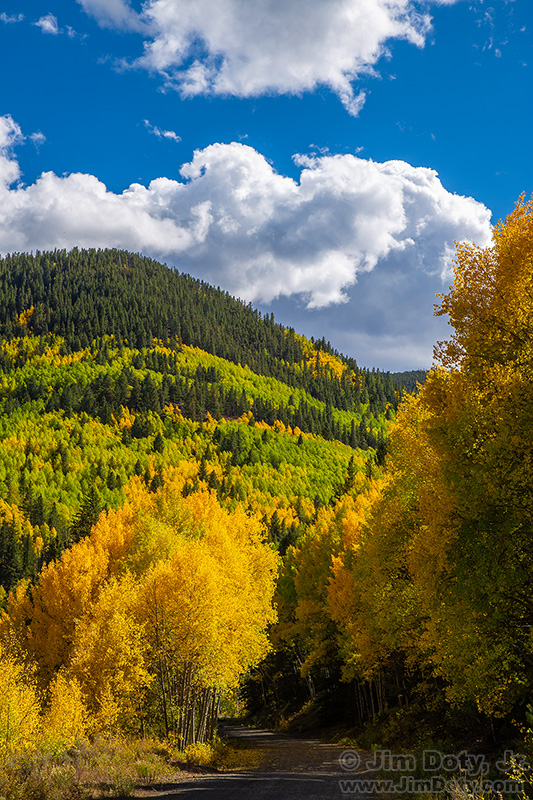
Marshall Pass is a beautiful fall color drive in southern Colorado, and still pretty much a secret. It does not turn up on most lists of the most beautiful fall color drives in Colorado. It is a beautiful drive with a lot of fall color photo opportunities.
Finding the Peak Fall Colors at the Best Locations
Fall color is sweeping the country. To make the most of it, you want to be at the right place at the right time. With some help from the internet, I will help you find the best fall color locations at the peak of the season.
Two Photographers and Eleven Outdoor/Travel Writers Pick the Best National Parks for Fall
Fall is a fabulous time of year to visit the national parks. Crowds are usually smaller than in the summer, temperatures are cooler, and some of our national parks have glorious fall colors. With so many to choose from, where should you go? Which national parks will provide the best photographic opportunities in the fall?
The Best National Parks for Fall Photography
What are the best national parks to photograph in the fall? Here are my choices, grouped by state and province from west to east. This list includes the favorites I have been to, plus the ones I most want to see based on the recommendations of the photographers I trust, like Tim Fitzharris and QT Luong. More about them later.
Colorado Fall Color Photography and Travel Guide – 2024
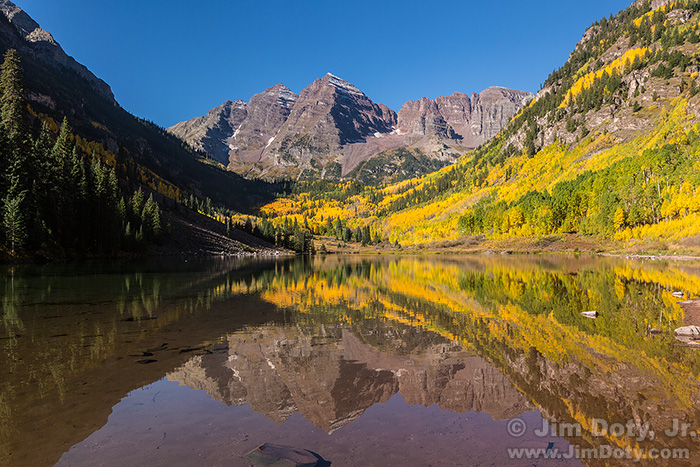
Headed for Colorado this fall (or any other time of year)? Welcome to my complete Colorado fall color photography and travel guide with 133 photos, 18 maps, and over 100 pages of information (if you print it all out). I cover some of the best known fall color locations in Colorado, and most of these locations look great any other time of year. Spend anywhere from two days to two weeks exploring the beautiful Colorado Rockies at a gorgeous time of year.
The First Day of Fall!
A Guide to One of My Favorite Colorado Photo Spots
23 Years Ago
The 20 Year Memorial, George W. Bush at Shanksville
Chip East Reflects on the Last Photos of His Friend, Bill Biggart, Taken on 9/11
Photographer Chip East was staring intensely at his laptop screen.
It was two weeks after two jetliners had plowed into the towers of the World Trade Center. His good friend, photojournalist Bill Biggart’s body had been recovered from the rubble. His personal effects, including his cameras had been released by authorities to his widow, Wendy.
Bill Biggart’s Last Photos – 9/11

Bill Biggart’s final photograph. He was killed when the second World Trade Center tower collapsed on top of him. He was 53 years old.
September 11th As It Happened
This compilation of news reports captures the essence of that morning better than almost any other video on YouTube.
9/11 Tribute – In the Arms of an Angel
9/11 – Let Us Pray
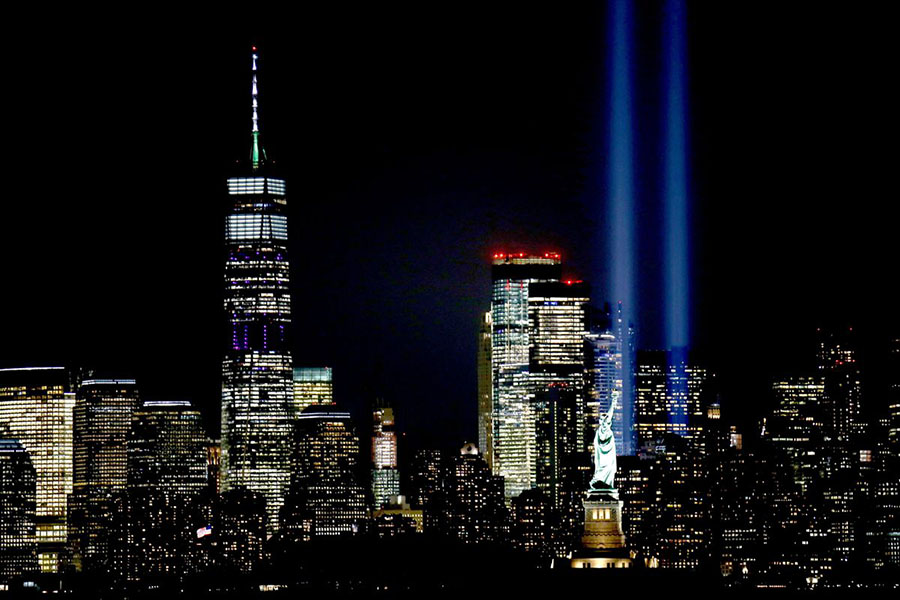
LET US PRAY
On the morning of Tuesday, September 11, 2001, four planes were hijacked and ultimately crashed. Two crashed into the World Trade Center in New York City and one crashed into the Pentagon. The fourth crashed in Pennsylvania.
LET US PRAY.
Dozens of people in each of four airplanes living in terror as their hijacked planes are flown to destinations unknown to them. Each ends in a terrible fiery crash.
Remembering 9/11

Photo by James Nachtwey for TIME magazine.
I will never forget staring at the screen. I was stunned. It was just a few moments after I got the phone call to turn on the TV. Then the second plane hit.
On this date, twenty-one years ago, we experienced a great national tragedy in the United States. 2,977 lives that were lost in the terrorist attacks. So many families were torn asunder. The way we view ourselves and our world changed. Emergency responders continue to suffer terrible health problems as a result of working at the scene. The way we view ourselves and our world changed too. Over 2,000 first responders have died of health issues related to 9/11.
In remembrance of that day, and to honor the lives that were lost, I am posting some tributes.
My Great Horned Owl Adventure
Yesterday my dog and I were on our daily tour of our local lakes. We got an unusually late start and it was after sunset when we left the first lake. We were in a hurry to get to our second lake when I spotted something out of the corner of my eye on a rooftop corner of Tess Morgan, a college campus building. From a distance it looked like a vent pipe, but a vent pipe should not be located at the corner of the roof. To get a lot closer, I pulled into the parking for a better look. I am so glad I did. It was an owl (photo above).
American Artist Appreciation Month, Part Two
Of the four “freedom” paintings by Norman Rockwell, this is my favorite. This painting was inspired by an actual town hall meeting in Rockwell’s home town. The faces in this painting are Rockwell’s friends and neighbors.
American Artist Appreciation Month
I love all kinds of art, including paintings, sculpture, photography and music. Since August is American Artist Appreciation Month, I am sharing some of the most famous paintings by American artists. Do not be surprised if you recognize many or most of these paintings. Click on any of these images to see a larger version. Enjoy!
Create A Lot Of Images!
When you are photographing a lovely and talented model (or anyone else) at an interesting location, create a lot of images. This is a screen capture of most of the images from a photo shoot with Anoush. If she looks familiar to you, I have shared images of her before (see the links below).
Take a Lot of Photographs
If your first 10,000 photos are your worst, you want to get them out of the way as soon as possible so you can get to the good ones, right?! So take a lot of photographs!

